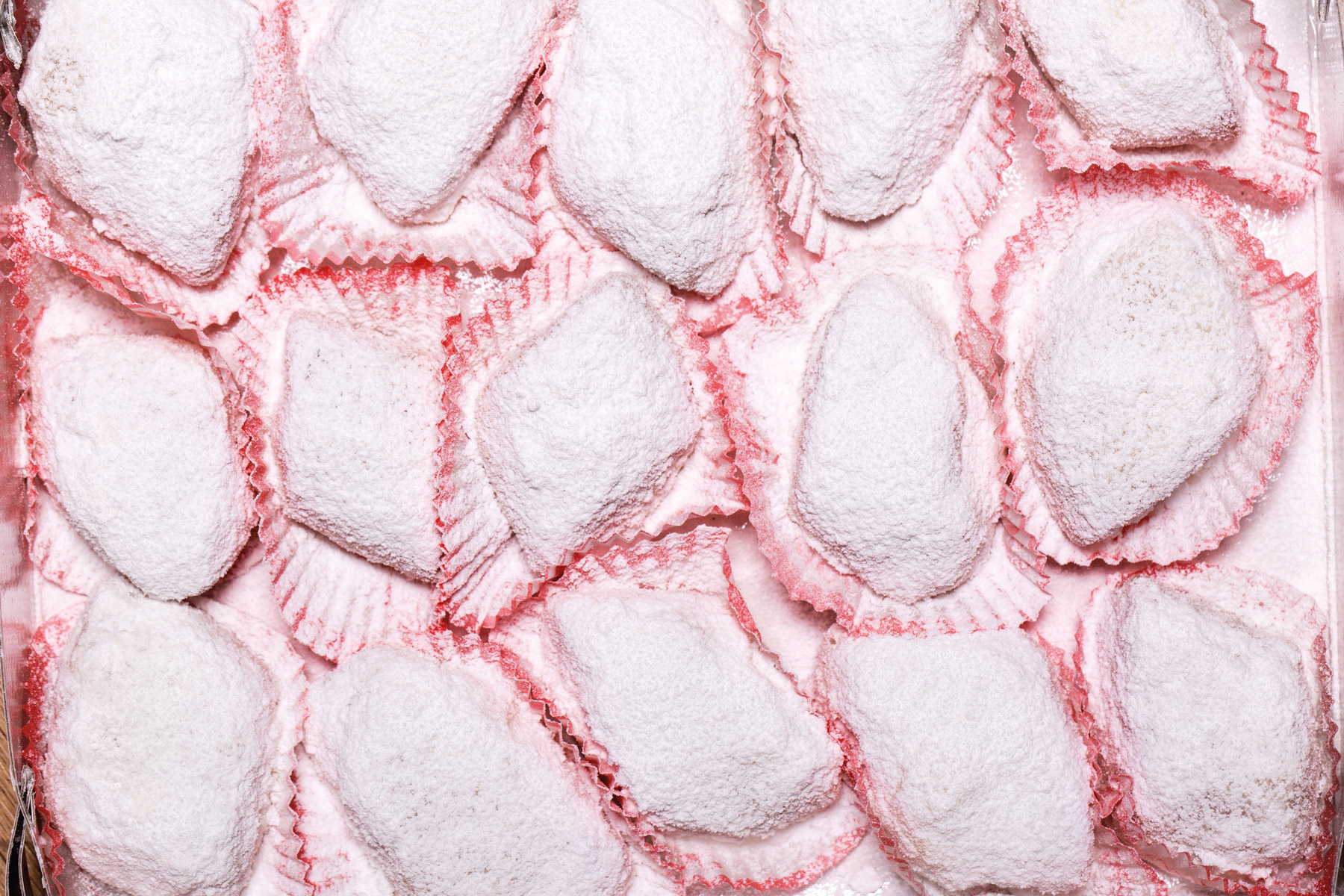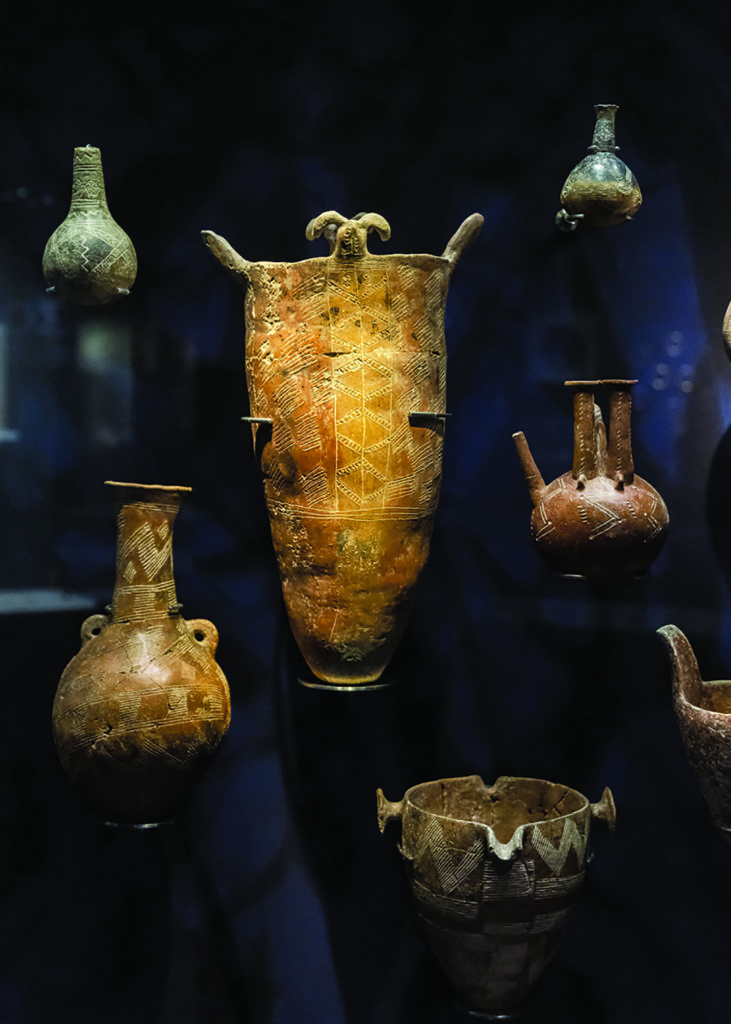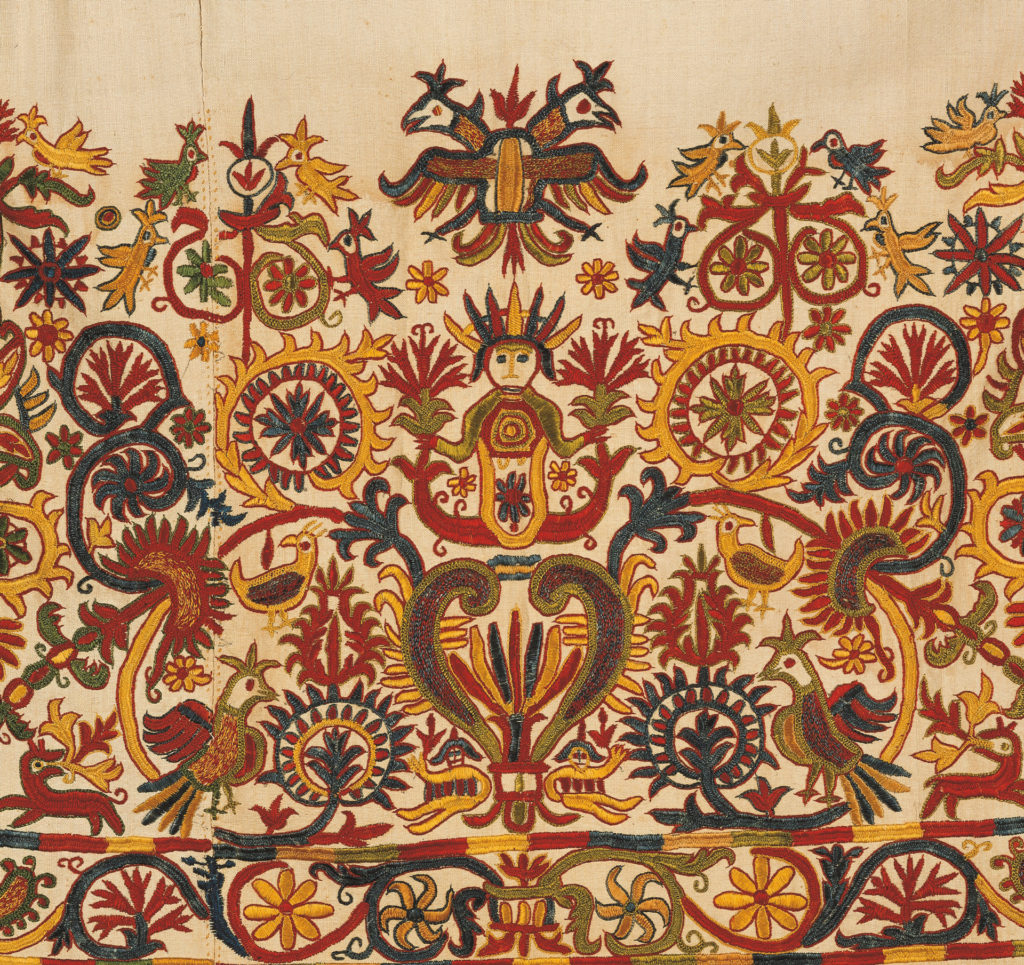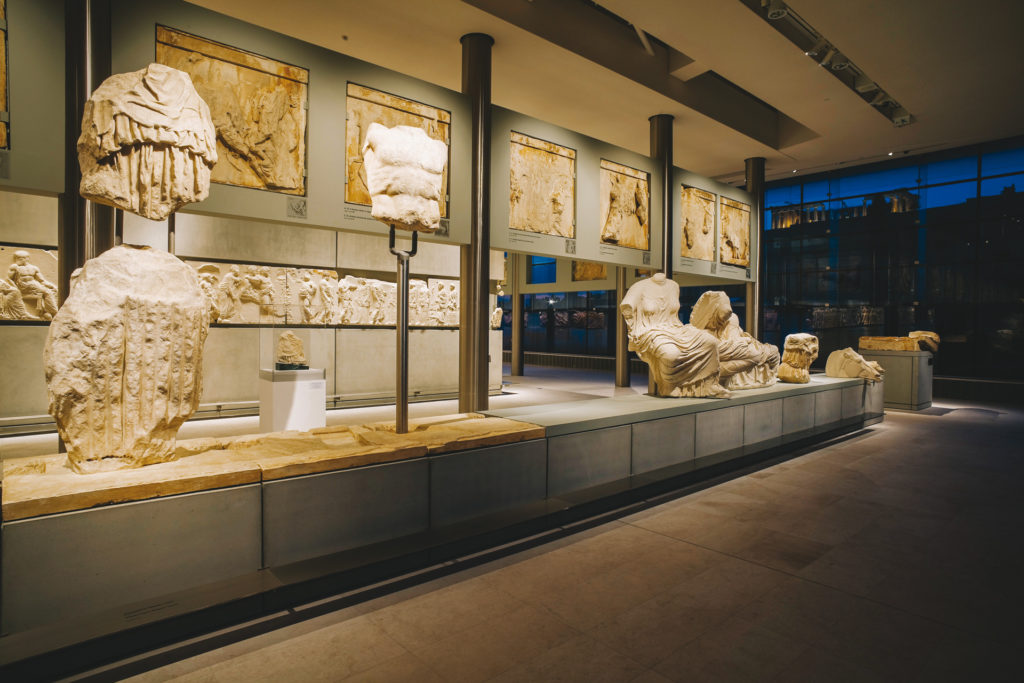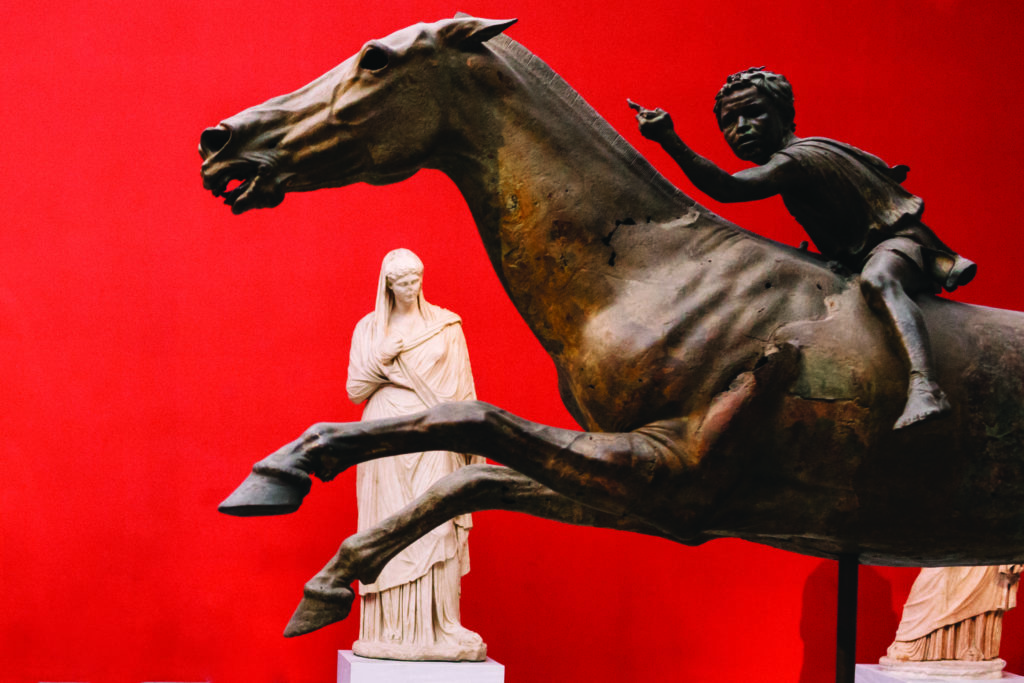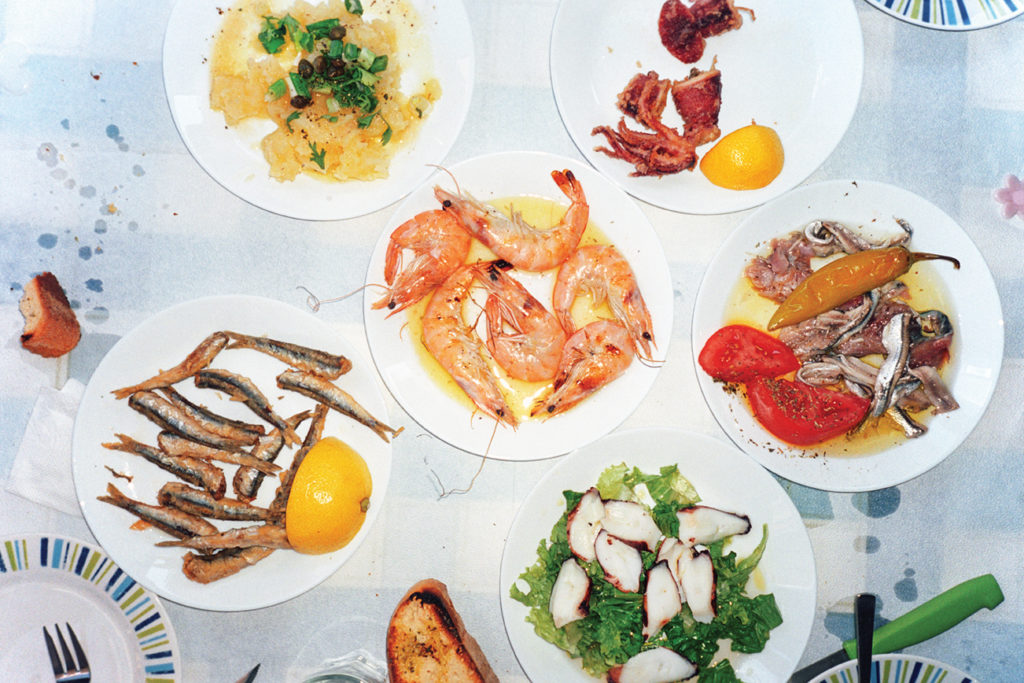The Greek culinary culture is minimalistic in its essence, and there lies both its value and its beauty. A handful of ingredients and simple and clean flavours, created what we nowadays call “traditional Greek cuisine”. A tradition accentuated by major religious festivals and crop yields, with flavours that vary according to seasons, gave way to the creation of special dishes to be consumed in days of joy, of sorrow, of feasting and celebration. The traditional Greek confectionary is based on the same minimal and simple approach of the culinary tradition. This simplicity is not a matter of convenience, but an expression of measure. And that is why it comes as no surprise that the Greek “kerasma”, typically offered in a Greek house, is spoon sweets, a fine dessert which consists of only two ingredients: fruits and sugar. A great example of such humble but yet delicious type of pastry is amygdalota.
Pearly, unsophisticated, but at the same time luscious, amygdalota (which literally means “made with almonds”) always accompany moments of great joy and happiness: an engagement, marriage, christening or just welcoming guests and loved ones. They are also offered after the monastic tonsure of a nun, celebrating a different kind of “marriage” and the beginning of a new life; a day of jubilation.
Amygdalota are prepared all over Greece and the recipe varies slightly from one region to the other. The most popular ones are those prepared in the islands of the Saronic Gulf, the Cyclades and Monemvassia. However, the versions that originate from Crete, Lesvos, Lemnos and Chalkidiki are also top notch. The basic amygdalota recipe consists only of three ingredients: almonds, sugar and flower water. Almonds have to be blanched, that is, peeled with the use of boiling water, before they are dried and then ground and mixed with sugar and flower water. In some areas people tend to add semolina or breadcrumbs. Other recipes may also include egg whites. The compound is then shaped either in a crescent or a pear form. The mixture is baked for a little while in the oven, then sprinkled with flower water, before it is finally coated with icing sugar. If the mixture is egg-free, then often – but not always – the amygdalota are not baked.
So, if you find yourselves in places famous for their amygdalota do try them. Enjoy these pieces of sweet heaven even if you are not celebrating anything special. Savour the most pleasurable Greek sweet. Pair it with a glass of ice cold water, a sip or raki or just a cup of coffee.
In Asia Minor people traditionally used the mixture for amygdalota to shape flowers and it’s a tradition that is still alive in the areas where, years ago, refugees fleeing the Asia Minor Catastrophe settled. Among such places there is Lesvos – the amygdalota of Skalohori are renowned – and Ammouliani. The mixture is cut into miniscule pieces and with great patience and perseverance, shaped into tiny flowers with their leaves and branches which in turn form small bouquets or wreaths. This type of amygdalota is not usually coated with icing sugar. Nowadays this laborious and time-consuming work is done by local womens’ cooperatives and associations. These beautiful “corsages” are often offered as treats in christenings and weddings. Besides, almonds have been used to signify well-being and fertility at weddings since antiquity, in the characteristic form of “koufeta”, which are basically sugar coated almonds. The wedding wreaths that will be worn by the bride and groom are placed on a tray along with some “koufeta” and at the end of the religious ceremony all guests receive a treat containing an odd number of koufeta, representing this way the undivided nature of the married couple. Let us not forget that the almond tree blossoms right before the end of winter, foreboding spring that symbolises nature’s rebirth and the beginning of the new life.
When travelling in Greece, one is bound to discover an abundance of traditions and symbolic uses of almonds, and get to taste a multitude of different versions of amygdalota. Lemon flavoured, mastic flavoured or even with a hint of bitter almond. In Galaxidi people use honey and cinnammon – yet another typical Greek combination. In Cythera they add honey in the mixture and in Corfu they prepare the famous “biancatta”: amygdalota with tangerin zest which taste and smell heavenly.
This sequence of flavours and combinations takes us back in time and links harmoniously our present with the past. Almonds and bitter almonds, walnuts, figs, grapes, quince, sesame, honey, sweet fruits and nuts, those are the raw materials of Greek confectionery. Many of the traditional sweets prepared today, such as amygdalota, karydata (walnut bars), sykomaides (fig paste), pasteli (honey sesame bar), kydonopasto (quince jelly), baklava and others, have their roots in the culinary experience of the Byzantium or even earlier than that.
So, if you find yourselves in places famous for their amygdalota do try them. Enjoy these pieces of sweet heaven even if you are not celebrating anything special. Savour the most pleasurable Greek sweet. Pair it with a glass of ice cold water, a sip or raki or just a cup of coffee. Treat yourself to a moment of delight to be remembered and treasured forever. This subtle taste, made with a minimum of ingredients but full of aromas, is a paradigm of measure and high aesthetics. This sophistication, grace and elegance is not the relic of a long gone illustrious past, but rather the true memory of Greece· the one we try to preserve and strive to share with our visitors.
Amygdalota 1
Ingredients
- 1 kg blanched almonds
- 1 cup of fine ground semolina flour
- ½ kg sugar
- 1 tsp. baking powder
- 1 tsp. lemon juice
- 2 cups of flower water
- caster sugar (for coating)
Preparation
Grind the almonds in a food processor until finely ground. Add in the sugar, the semolina flour, the baking powder, lemon juice and 1 cup of flower water. Knead the mixture and then shape tablespoon-sized portions of the mixture into 1 cm thick crescents. Place them in a baking sheet and bake in 180° C until golden brown, approximately for 15′-20′. Put aside to cool, sprinkle with the second flower water cup and coat in icing sugar.
Amygdalota 2
Ingredients
- 1 kg blanched almonds
- 1.200 kg sugar
- 200 gr. Thyme honey
- Rose Water
- Caster Sugar
Preparation
Cook the almonds with the sugar for 7-8 minutes in 2 cups of boiling water. Let the mixture cool. Blend it in a food processor until you get a fine paste. Add the thyme honey and mix. If the paste is too thick dilute it with some water. The almond paste has to be manageable but not too soft. Shape the paste into the form of your liking, and let them air dry for a day. Sprinkle with rose water and cover in caster sugar.
This recipe is courtesy of Dimitris Papadopoulos

